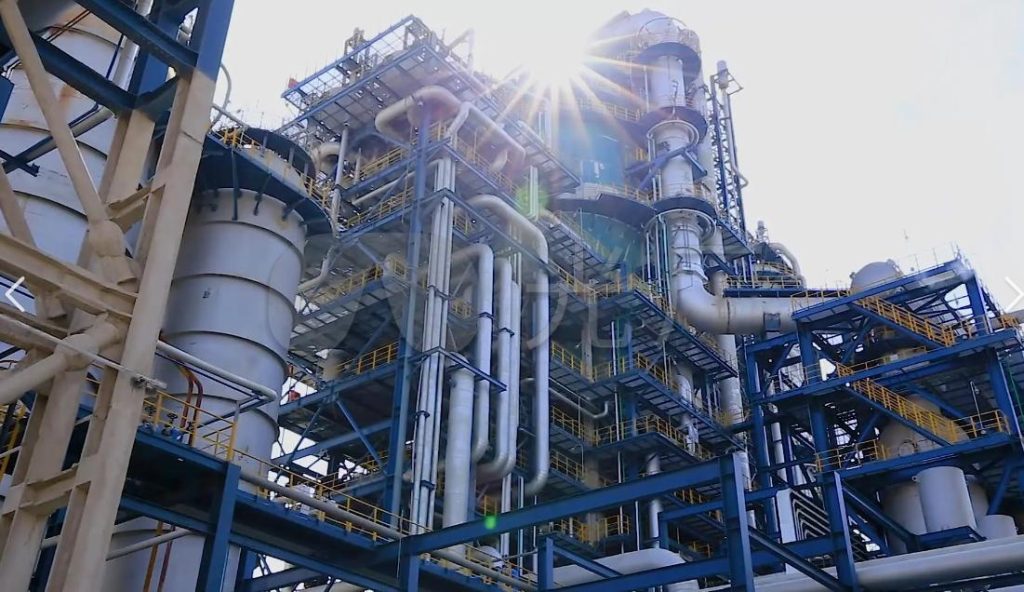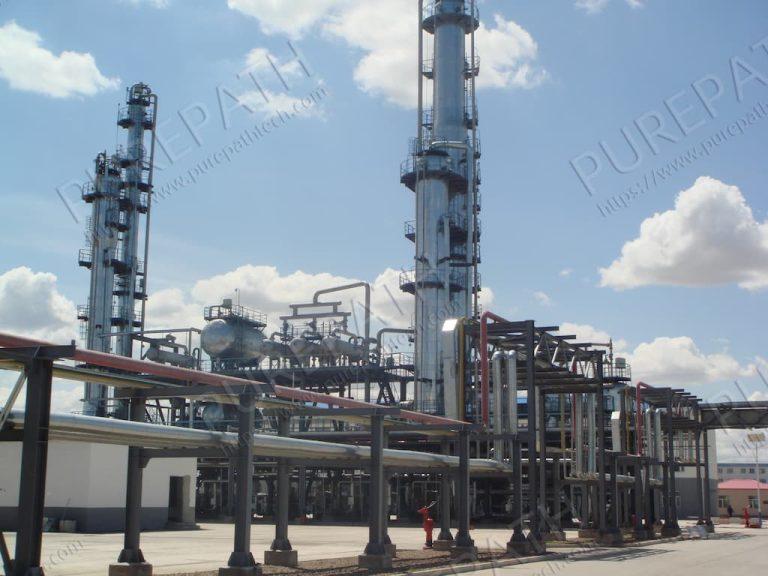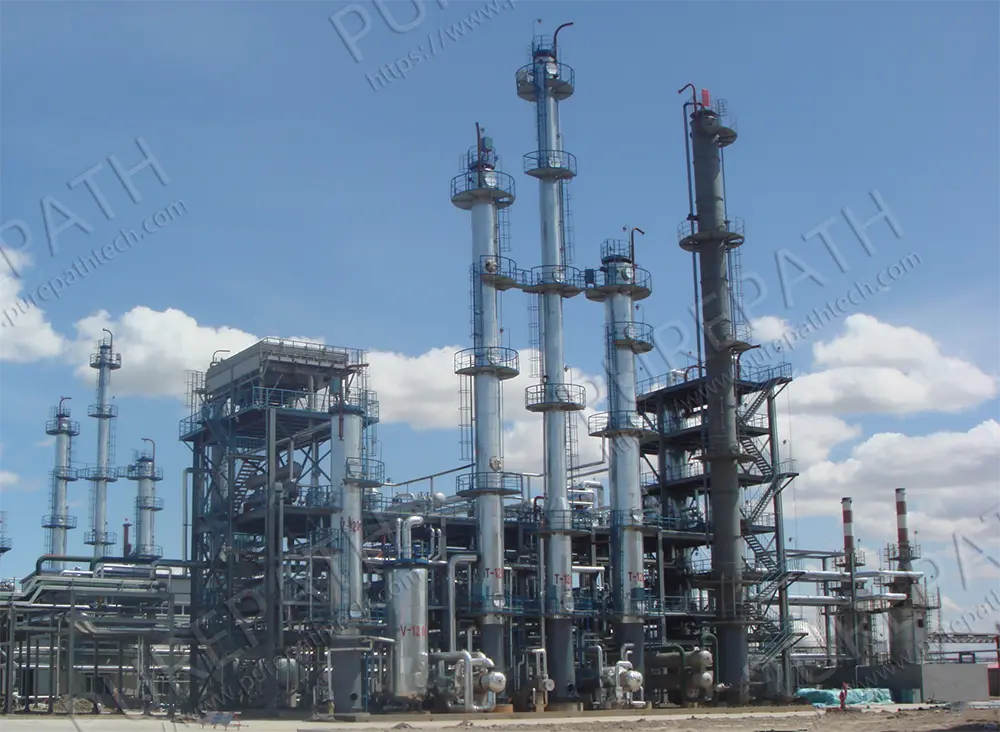Essential Equipment Used in Petroleum Refineries: From Distillation to Storage
The global market for refined petroleum products and fuels continues to rise, making petroleum refineries essential in the current energy economy. A refinery of crude oil is not a stand-alone facility, but a network of highly involved processes and specialty equipment working together as a whole to refine raw crude oil into gasoline, diesel, jet fuel, and other major products.
To the investor, the engineer, and the decision-maker, it is crucial to know the critical equipment used in petroleum refineries. From distillation towers that form the backbone of processing, to storage systems that ensure the safe handling of products, every equipment is directly contributing to efficiency, compliance, and profitability. This article provides an overview of the basic systems in a crude oil refinery, as well as operating considerations for those companies evaluating their place in the global energy marketplace.
Overview of Petroleum Refineries
While crude oil is one of the world’s most important natural resources, it has no direct applications in its raw form. Petroleum refineries are the critical link between crude oil production and the products and fuels that drive the economies of nations across the world. Petroleum refineries employ a combination of physical separation, chemical conversion, and product treatment processes to convert raw hydrocarbons into valuable products.
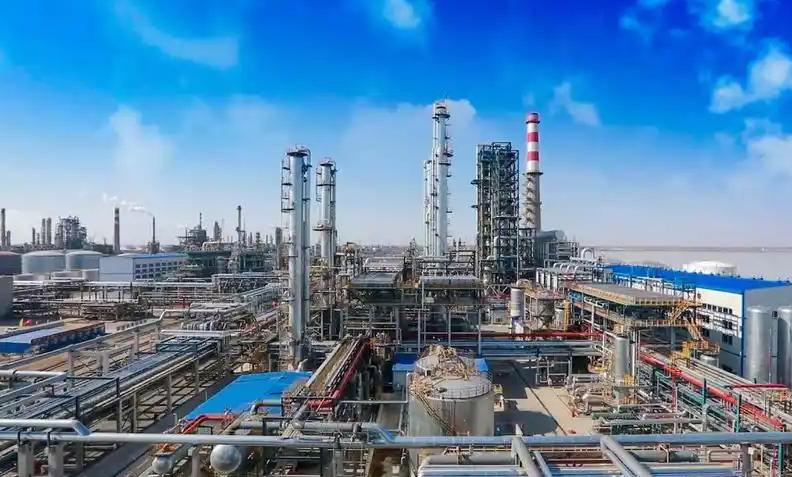
Unlike the majority of factory plants, a crude oil refinery is not so much one technology as it is an interlocking system of units—distillation towers, cracking furnaces, reforming equipment, and huge storage networks—working in sequence. Each unit serves a definite purpose, and efficiency depends on the extent to which systems are well designed and work in combination with each other.
Apart from simply producing fuel, petroleum refineries today must also be concerned with balancing profit with compliance and sustainability. This chooses basic equipment as a paramount force toward safe operation, minimal emissions, and long-term profitability in an increasingly competitive energy market.
Core Equipment in Crude Oil Refinery Processes
The performance of a crude oil refinery is greatly dependent on the quality and efficiency of its main equipment. From the receipt of crude oil at the refinery through storage and shipping of refined fuels in a safe manner, every unit is of critical significance. Engineers, investors, and operators interested in optimizing profitability, compliance, and long-term viability must have knowledge of these essential systems.
Distillation Units: The Foundation of Refining
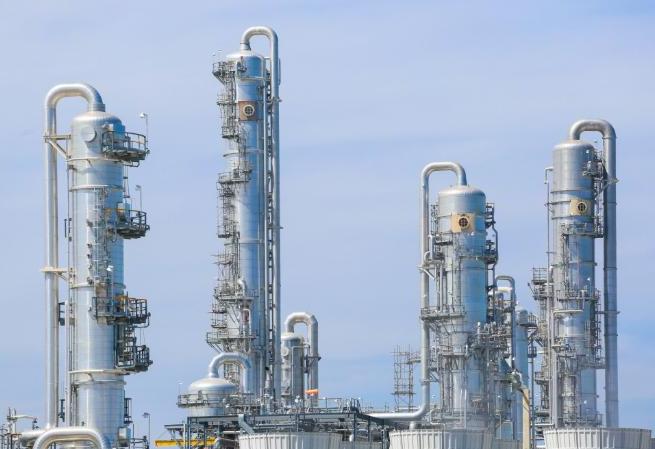
Distillation is the first and most fundamental process of petroleum refineries. The crude oil is heated and separated into fractions based on their boiling points. This separation occurs with the assistance of two main systems:
- Atmospheric Distillation Unit (ADU): Handles the initial separation of light products such as naphtha and gasoline at normal pressure.
- Vacuum Distillation Unit (VDU): Processes heavier fractions that cannot be distilled atmospheric conditions without suffering degradation.
These units are the “heart” of a refinery because the efficiency of distillation will determine the yield and quality of all the downstream operations. Proper selection of the right design and technology ensures higher recovery, lower energy consumption, and stable product specs.
Conversion Units: Generating Value from Heavy Fractions
All distillation fractions are not directly usable as high-value fuels. The heavier, lower-value fractions are consumed by conversion units and are processed to form lighter, more valuable products.
- Fluid Catalytic Cracking (FCC): One of the most universal systems, FCC produces heavy hydrocarbons that are converted to gasoline, diesel, and propylene.
- Hydrocracking Units: Operate at high pressure with hydrogen to produce ultra-clean fuels so that refineries can meet stringent sulfur and emissions regulations.
- Coking Units: Convert the residues that are the heaviest, producing lighter liquids and petroleum coke as a byproduct.
Refinery economics are controlled by conversion technologies. They optimize profitable product yield while minimizing waste in order to enable operators to respond to market demand and regulation pressures.
Treatment and Reforming Units: Ensuring Quality. Ensuring Compliance.
With more stringent world fuel specifications, treatment and reforming units are a must. Treatment and reforming units treat middle streams to clean them of contaminants and enhance fuel qualities.
- Hydrotreating Units: Tightening fuel specifications, hydrotreating units remove sulfur, nitrogen, and metals, making fuels ultra-low sulfur compliant.
- Catalytic Reforming Units: Fuel naphtha into high-octane reformate, a critical blendstock in gasoline.
- Desulfurization Units: Focus on sulfur removal, a critical process in reducing emissions and meeting environmental specifications.
The uses of these systems extend beyond regulatory compliance. By improving fuel quality, refineries gain competitiveness in international markets and reduce the environmental footprint of their operations.
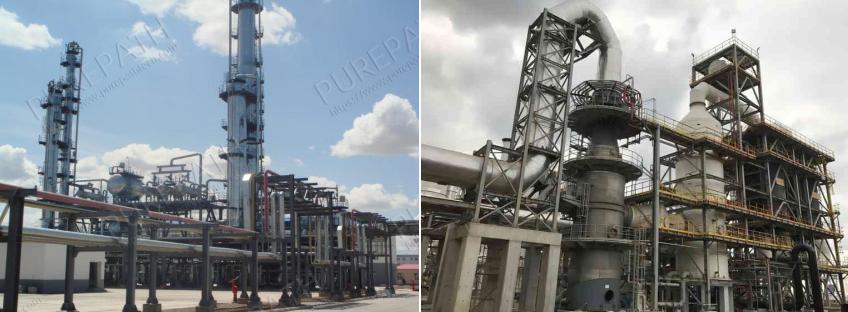
Storage and Handling Equipment: Protecting Assets and Products
After refining, products must be stored and transported safely. Storage and handling infrastructure is typically underappreciated, but it is as critical as the processing equipment itself.
- Storage Tanks: Designed to hold crude oil, intermediates, and finished products, tanks are under strict safety and environmental regulations to prevent leaks and contamination.
- Pipelines and Pumping Systems: Allow economical internal movement of products from one unit to another, and also to deliver to distribution systems.
- Loading and Offloading Facilities: Ensure safe and efficient delivery of refined products to end markets via ship, rail, or truck.
Well-designed storage and handling systems reduce operational risks, losses, and interruption in supply to customers.
Integration of Core Systems
What is unique to petroleum refineries is how these units interact. Distillation units feed conversion systems, which then send products to treatment and reform equipment, then storage and dispatching occur. Each unit affects the efficiency of the next, so integrated design and precise equipment selection become necessary to overall performance.
To investors and operators, it implies equipment is not a one-time, initial investment but a long-term strategic investment. Accurate configuration keeps a crude oil refinery running safely, adaptable to shifting regulations, and profitable in unpredictable markets.
Key Considerations When Selecting Equipment for Petroleum Refineries
Choosing equipment for a crude refinery is a strategic decision that has an instant effect on operational efficiency as well as overall profitability.
- Process Suitability: Each refinery has its unique crude slate and products demand. Equipment must be optimized for the specific crude types, from light sweet oils to heavy sour grades, to allow for optimum separation, conversion, and treatment efficiency. For example, selecting the appropriate type of vacuum distillation column or hydrocracking reactor can have significant impact on yield of high-value products.
- Operating Costs and Energy Efficiency: Processes that are energy-intensive like distillation and cracking account for most of a refinery’s operating costs. Equipment with low energy consumption, design for heat recovery, optimized catalyst geometries, and precise control systems can reduce energy consumption while maintaining throughput.
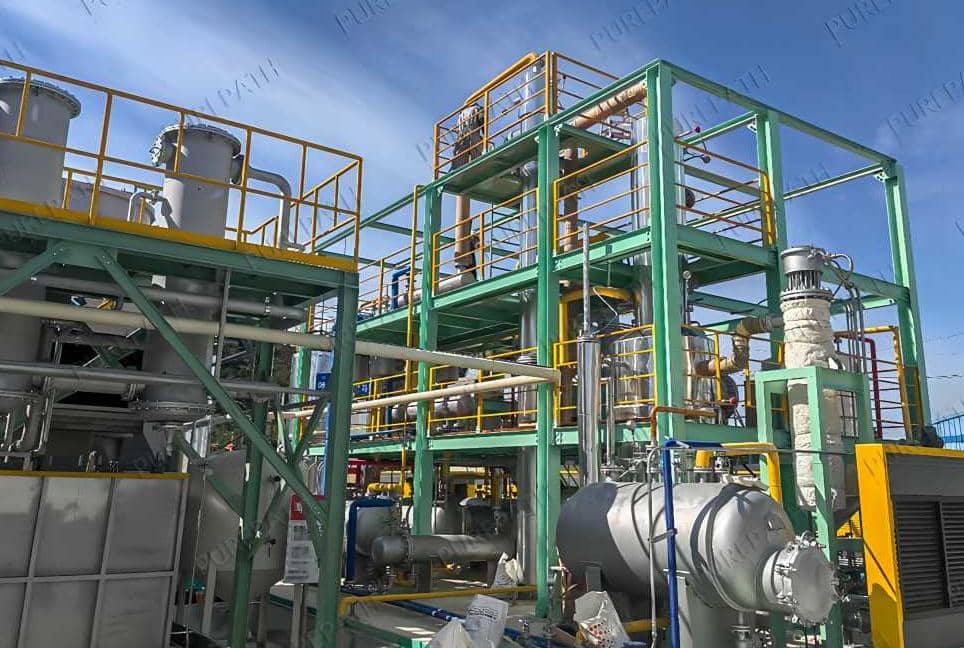
- Regulatory Compliance and Environmental Performance: Contemporary petroleum refineries are subject to stringent sulfur, emissions, and waste control requirements. Advanced desulfurization, catalytic treatment, and emission control equipment is needed to meet environmental regulations and prevent expensive fines.
- Reliability and Maintenance: Constant downtime is costly. Durable equipment with simple replacement parts and prompt vendor support guarantees uninterrupted operation and routine maintenance schedules.
- Scalability and Future-Proofing: Refineries scale in terms of market demand. Investments in modular or upgradeable equipment enable capacity expansions and addition of future technologies, such as hydrogen treatment or computer monitoring systems, without major overhauls.
Selection based on these considerations enables a petroleum refinery to operate efficiently, safely, and profitably while being flexible to face challenges of the future.
Does Your Business Need Petroleum Refineries?
Expanding a petroleum refinery is a large investment that depends on your corporate goals, market demand, and access to crude resources. Companies involved in energy production, petrochemicals, or industrial fuel supply often value having refining capability because it enables them to control product quality, reduce dependence on third-party suppliers, and gain higher margins on processed fuel.
To expanding firms, the appreciation of the quality of crude oil you are dealing with, target product mix, and enduring market trends is crucial. Modular or specialty refineries can be specialized in for small operations, while larger firms can venture into full-scale facilities for serving regional energy needs.
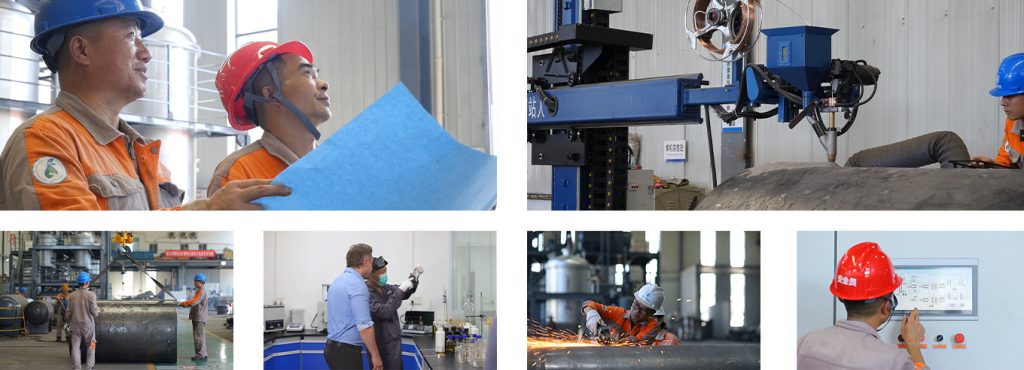
Coordination with an experienced equipment manufacturer can streamline this task. Purepath offers customized solutions for petroleum refineries, combining innovative equipment design, technical services, and turnkey solutions to empower you to achieve effective, safe, and profitable operations from the start.
Want to Learn more? Leave a message for us, and we will reply soon!


